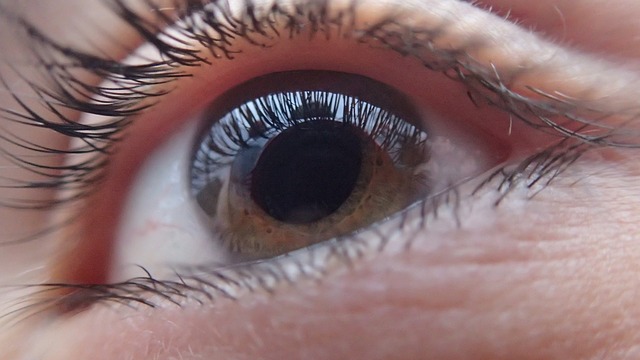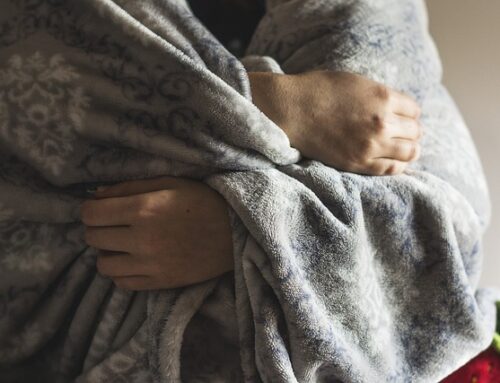It is important to remain up-to-date with the latest advancements in not only dentistry, but dental sleep medicine as well. One way to do this is by setting up “Google Alerts” on your phone or email. This allows you to choose phrases that you are interested in receiving daily or weekly updates about.
One area I specifically focus on is sleep apnea and the different health conditions associated with it. Recently, an article came up about type 2 diabetes and its connect with diabetic retinopathy, which can lead to blindness.
The Background
Before we go into the study, let’s look at the background. Type 2 diabetes, as you already know, is a metabolic condition that has a long list of negative side effects when left untreated. One of the leading causes is obesity, which is the leading cause of obstructive sleep apnea (OSA), another dangerous disorder that can pose a greater threat to our patients’ health when untreated.
In a new study, patients who suffer from OSA and type 2 diabetes were found to have an increased risk of developing diabetic retinopathy. Despite improvements in glucose, blood pressure, and lipid levels, diabetic retinopathy remains very common. And, a loss of vision due to diabetic retinopathy can develop within less than four years.
Diabetic Retinopathy
If your patient is diabetic they are at risk for developing diabetic retinopathy, regardless of whether they suffer from OSA or not. This condition is generally considered a complication of poorly controlled blood sugar levels, and when excess sugar remains in the blood, it can lead to the blockage of tiny blood vessels in the eye. As a result, this can cut off the blood supply to the retina. The body will then try to compensate for this decreased supply of blood by developing new blood vessels in the eye. Unfortunately, though, these new blood vessels can leak easily and cause further complications.
The Study
Okay, now onto the study. In this study, 230 type 2 diabetic patients were assessed for OSA using a home-based cardio-respiratory device. Specialists also used retinal imaging to assess diabetic retinopathy. For those who were found to have OSA, they had a higher prevalence of diabetic retinopathy at 42 percent than those without, which was 24 percent.
A follow up appointment took place 43 months after testing was completed. At this visit, those with OSA were more likely to develop moderate to severe diabetic retinopathy than those without. However, diabetic OSA patients that underwent treatment for their sleep apnea had a lower risk for developing advanced diabetic retinopathy than those who did not seek treatment.
Knowing this information can help us better treat our patients who suffer from sleep apnea, as well as diabetes.





